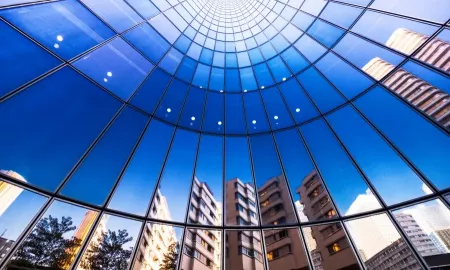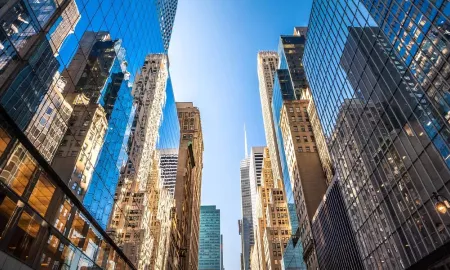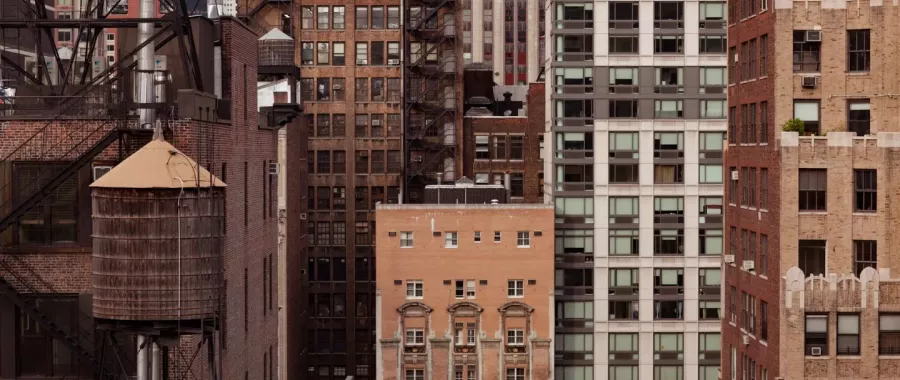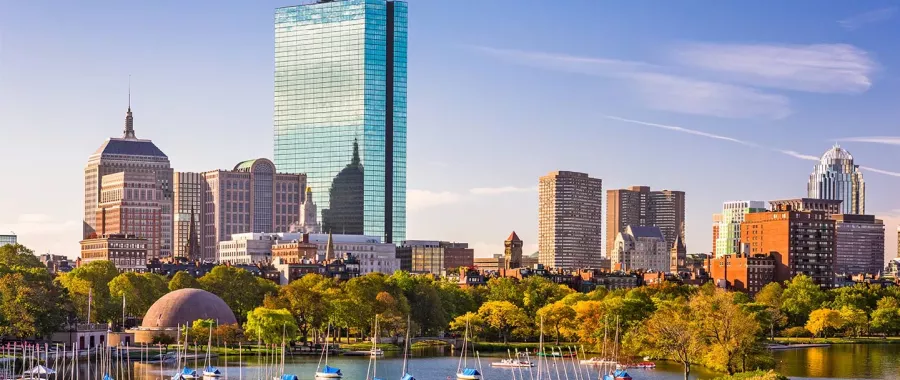While New Yorkers typically agree on very little, most New Yorkers do agree that there is a housing crisis, Mayor Eric Adams plans to address this crisis is to create more housing units by enabling more residential conversions of commercial office buildings.

Does a look back to the future show the way forward?
While New Yorkers typically agree on very little, most New Yorkers do agree that there is a housing crisis. One way Mayor Eric Adams plans to address this crisis is to create more housing units by enabling more residential conversions of commercial office buildings – many of which remain underutilized in the wake of the Covid-19 pandemic. The Office Adaptive Reuse Task Force (the “Task Force”) is comprised of 12 experts appointed by the Mayor, City Council Speaker and Public Advocate (with Planning Director Garodnick serving as the Chair) was established by Local Law 43 with a mandate for recommendations as to how best facilitate the conversion of vacant or commercially unviable office space to other potential uses, including affordable housing. While we all eagerly await the upcoming recommendations, let’s look at some of the opportunities and challenges that the Task Force must tackle.
Challenges to Overcome:
Light and Air
- As mandated by local and state laws, your apartment needs operable windows, and of course not blocked by a brick wall. Therefore, the depth of a room from a window can be a design limitation for buildings with large floor plates. Office buildings built since the Mid-20th Century typically have regularly shaped, repetitive and deep floor plates. The Task Force may need to enhance or provide alternatives to the existing conversion tools that reduce light and air standards for dwelling windows.
Housing for all
- With the significant costs to renovate and reposition an office building in conjunction with a public desire to create new affordable housing units, we expect that there will need to be financial incentives to stimulate growth - either from more efficient uses that would encourage private capital or tax incentives.
What Currently Governs Most Residential Conversions in NYC?
We expect that the Task Force will focus on New York City Zoning Resolution (“ZR”) Article I, Chapter 5 (“ZR 15-00"). This chapter, entitled “Residential Conversion within Existing Buildings,” already contemplates conversions by significantly relaxing light and air standards for dwelling unit windows by making Section 277 of the New York State Multiple Dwelling Law (“MDL”) apply. Essentially, where the typical residential standard is to require 30 feet from a window to a lot line or an opposite building wall, ZR 15-00 requires 15 feet – and sometimes as little as 5 feet in certain circumstances. Because most office buildings’ interior-facing windows don’t open onto a 30-foot yard or court (typically a 20- foot yard exists under the best circumstances), expanding the applicability of this important zoning tool is paramount.
ZR 15-00, when initially adopted in 1980’s, was limited to pre-1961 buildings in Manhattan below 60th Street, older parts of Brooklyn (e.g. Greenpoint, Williamsburg, Downtown Brooklyn, Carroll Gardens, Gowanus, and Park Slope) and Western Queens (Long Island City and Astoria). In an effort to encourage a 24-hour community in Lower Manhattan, a 1996 amendment to ZR 15-00 lowered the age criteria to commercial buildings located south of Murray Street built prior to 1977.
Opportunities found by looking back: Could lowering the applicable building age in Midtown from pre-1961 to pre-1977 (as was done for Lower Manhattan in 1996) prove effective?
Certainly, the transformation of the downtown’s Financial District into a vibrant mixed-use community should be looked at carefully as a potential model for Midtown. The challenge here is that many Midtown office buildings built between 1961 and 1977 have very deep floorplates (200 x 200 is not uncommon) as they were typically constructed on large, regularly shaped blocks whereas the downtown Financial District was developed on smaller blocks that are not part of the city’s street grid. Where a Midtown office building is located on a through lot, no commercial rear yard is required. The resultant Midtown office conversion, often with little to no existing yards or courts, may be overly dependent on street-facing windows for means of light and air. While ZR 15-00 is effective in relaxing requirements for spaces upon which windows open on to, it does not address the middle of the floorplate – in some cases 50 to 100 feet away from any window. Thus residential conversions of Midtown’s post-1961 office buildings may prove to be more difficult than in Lower Manhattan as space in the middle of a deep floor plate can become underutilized. While ZR 15-00 does eliminate use stacking requirements by allowing residential and commercial use on the same floor, doing so in reality may not be advantageous and the property owner may decide that office use (that does not need windows for light and air) continues to yield the most value on a per square foot basis.
Where are the residential conversions opportunities?
Nearly all of the city’s business office districts are already covered by ZR 15-00's existing applicability. Manhattan south of 60th Street, Downtown Brooklyn and Long Island City all have existing eligibility. While 125th Street in Harlem or Downtown Flushing could be potential areas of expansion, such neighborhoods do not have a large and varied office building stock that could absorb a handful of residential conversions without an impact on their character as business hubs. However, a modest geographic expansion could occur on the margins. One example of this marginal expansion would be the handful of blocks just north of East 60th Street and east of Park Avenue where office buildings and a Midtown context encroach into the Upper East Side’s Community District.
Incentivizing and/or requiring affordable housing for residential conversions
Currently there is a strong appetite for affordable (i.e. rent regulated) housing. It is expected that residential conversions will contribute to the number of affordable units created. It is possible that units are incentivized through tax programs or required as a condition of the ability to convert.
Conclusion
Building conversions allow a mature city to simultaneously adapt to a changing economy, maintaining some historic built character and providing a sustainable future. We eagerly look forward to their forthcoming recommendations.
Want to speak with an expert about residential conversions?







Add new comment